Vertigo: 50th Anniversary Edition
Alfred Hitchcock engulfs you in a whirlpool of terror and tension!
Certificate: 12
Running Time: 124 minutes
Retail Price: £15.99
Release Date: 20/10/2008
Content Type: Movie
Synopsis:
Vertigo is Alfred Hitchcock's haunting tale of deception, madness, and death, a masterful exploration of fantasy and anxiety, considered one of Hitchcock's finest and most complex films.
Special Features:
Commentary
Obsessed By Vertigo
Theatrical Trailers
Partners In Crime: Hitchcock's Collaborators
Hitchcock And The Art Of Pure Cinema
The Vertigo Archives
Production Notes
Hitchcock/Truffaut Interviews
Related Websites:
http://hitchcock.tv/
Video Tracks:
1.85:1
Audio Tracks:
English 5.1 Surround
German 2.0 Stereo
French 1.0 Mono
Italian 1.0 Mono
Spanish 1.0 Mono
Subtitle Tracks:
English
French
Portugese
Danish
Finnish
Czech
Swedish
Norwegian
German
Dutch
Polish
Directed By:
Alfred Hitchcock
Written By:
Alec Coppel (screenplay)
Samuel A. Taylor (screenplay) (as Samuel Taylor)
Pierre Boileau (novel "D'Entre Les Morts")
Thomas Narcejac (novel "D'Entre Les Morts")
Starring:
James Stewart
Kim Novak
Barbara Bel Geddes
Soundtrack By:
Bernard Herrmann
Director of Photography:
Robert Burks
Editor:
George Tomasini
Costume Designer:
Edith Head
Visual Effects:
Saul Bass (title sequence)
Farciot Edouart
John P. Fulton
W. Wallace Kelley
Producer:
Herbert Coleman
Distributor:
Universal Pictures UK
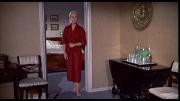
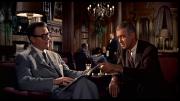

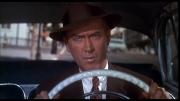
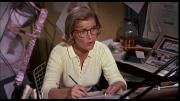
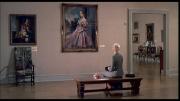
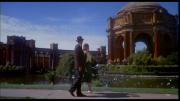
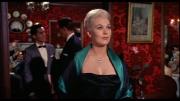
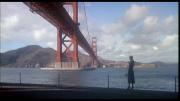
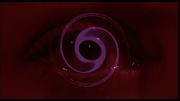
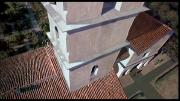

































Your Opinions and Comments
The original negative was 5247, superceded in 1952 by Emulsion 5248. 5248's chemistry was tinkered with over the next eight years until in 1962 the latest negative was christened 5251, and the problems that Eastman had built into their negatives were (possibly unknowingly) solved.
Although there were no apparent problems at the time, the studios would eventually discover that films made on 5248 between 1954 and 1961 had a whole bunch of problems that would plague film restorers in years to come.
The big problem was in dark scenes - remember that if the image is dark on the print, the image on the negative is light and vice-versa. If you had, say, a day for night scene shot with a heavy blue filter to simulate twilight, the image on the negative will be a) very light and b) yellow (the complementary colour to blue). And that was 5248's big problem - the yellow dye was unstable and faded over time. Eventually, you would end up with a black frame with no detail at all. Of course, the fading effect would not only affect dark scenes. Every shot in the movie would be affected in some way by the yellow layer failure. A healthy suntan would turn lobster pink, shadows would be green or a weird blue colour rather than a proper black.
5248 affects a number of movies other than Vertigo. North by Northwest, Pollyanna, Spartacus, The Alamo, Can-Can, Porgy and Bess, Exodus and The Nun's Story as well as hundreds of other movies are all potentially in trouble, unless the Studio had the foresight to have a set of colour separation negatives made from the Original Camera Negative, and for many films the Studios didn't...